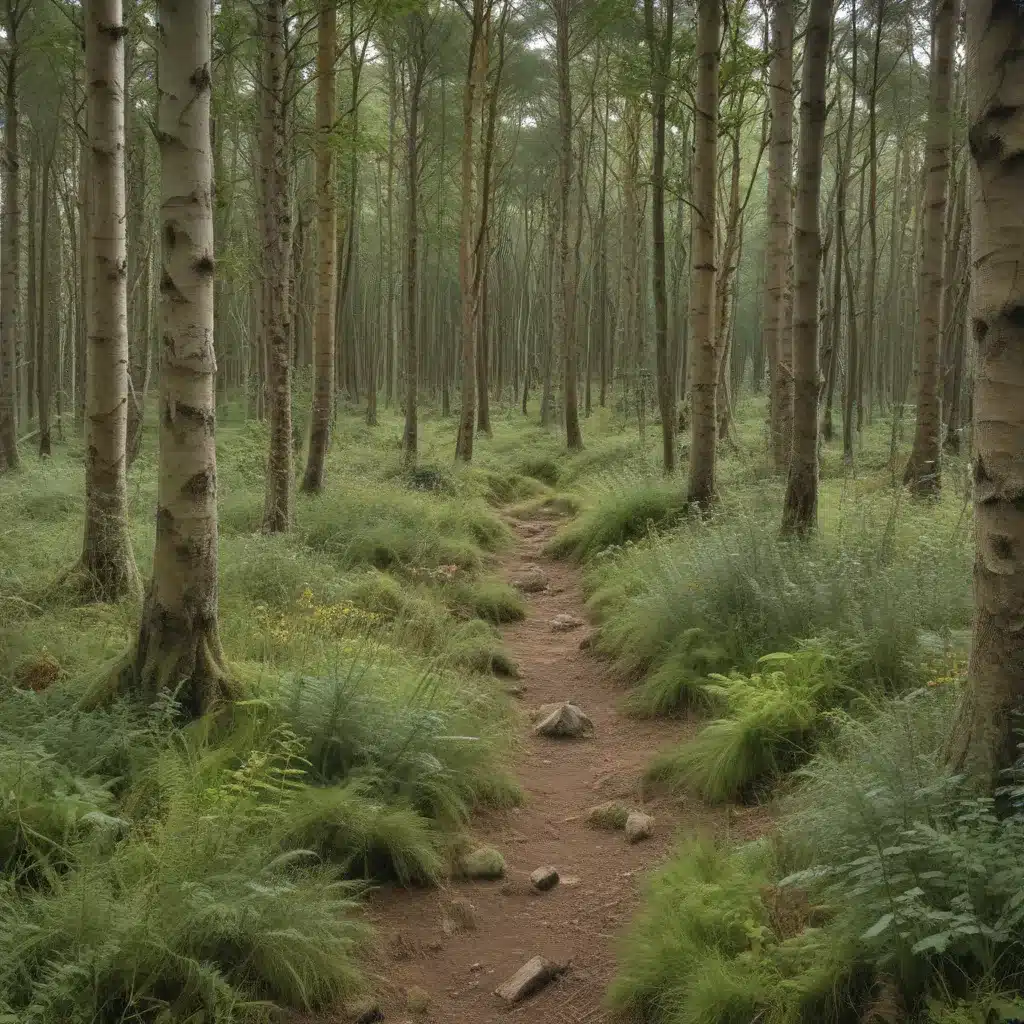
Regenerative Goods and the Evergreen Skills of Our Ancestors
I’m a compulsive crafter, with a deep love for textile arts – always eager to get my hands on fibers, yarn, and fabric. But even as I indulge my crafting passion, I’ve become increasingly aware of the broader world of “regenerative goods” – products we can create while still allowing wildlife, soils, air, and water to constantly renew and our local economies to thrive.
You see, we humans have a rich history of tapping into the diverse material world around us to produce the essentials of life. No computer chips needed – just the renewable resources at our fingertips. We’ve clothed ourselves, stored our belongings, and decorated our homes using what nature provided. And while some might not consider jewelry or paintings “essential,” they’ve long been an integral part of our identity and happiness.
As Liz Pearson Mann beautifully writes, if we look to the past, we can see the incredible diversity of useful items crafted from natural resources – whether plant, animal, or mineral. And the best part? This harvesting of living materials can still allow for their renewal, with wildlife living alongside.
Rewilding: A Spectrum of Perspectives
But when it comes to rewilding – the process of restoring ecosystems to their natural, wild state – not everyone sees eye to eye. At one end of the spectrum are those who envision remote landscapes, free of human interference, where wolves, beavers, and other wild animals roam freely. The land is left to its own devices, as George Monbiot suggests in his book Feral, “free-willed” and resistant to our controlling nature.
It’s a romantic and idyllic vision, but the reality is that we’re a densely populated island, and there are limits to how much land we can leave completely “free-willed” when we depend on it for food, materials, and living space. That’s the landscape I’m most familiar with – the lived-in, worked-in places where nature and people have coexisted for millennia, sharing the land and its bounty.
A Journey through Time and Landscape
Imagine with me a journey across the landscape, from the borderlands between England and Wales, eastward through the West Midlands and into Southeast England. As we travel, we’ll glimpse portals into the past, discovering the buried residues of our ancestors’ daily processing and creation of vital goods.
In Leominster, a Herefordshire border town, we might find the remains of flax retting in wet pools near the meeting of two rivers, alongside traces of tanning and horn-working. Farther north, in the Wyre Forest, we’d uncover the charcoal platforms left behind from centuries of green woodworking, basketry, and furnace fueling.
Continuing our journey, we’d pass through towns and the City of Worcester, where the buried debris mingles with the remains of animals and plants that once grazed, pecked, flew, or grew in the productive landscapes we’re traversing. Here, leather hides were turned into gloves and shoes, animal bone into buttons and knife handles, and woolen yarn into cloth.
A symbiotic relationship existed between farmers, their animals and crops, foresters and their trees – all producing raw materials for themselves and other crafters. In towns and cities, in the backyards of small businesses, nature thrived alongside these human activities. And it can still do so, on a more localized scale.
Bringing Back Regional Cloth Production
Today, the flax-growing industry that once supplied the British and Irish textile trade has vanished, but initiatives like the South West England Fiber Shed are working to bring it back. They’re sourcing materials regionally from regenerative farms, producing homegrown fibers and weaving them into cloth.
And what about your shoes? Alice Robinson and Sara Grady of British Pasture Leather are supplying leather from cows raised on the pastures of regenerative farms, so the leather in your shoes could come from the farm down the road.
As I explore the Wyre Forest or the Forest of Dean with you, we might stop by a charcoal vendor to pick up a new bag of the smoky fuel for our summer barbecues. Or perhaps we’ll find a basket-making workshop to join, keeping the age-old traditions of the forest alive.
The Benefits of Regenerative Goods
Now, you might not find these goods or raw materials at high street prices, but how many do you really need to buy or make in a year? Quantity isn’t everything. The true benefit lies not just in the number of regenerative goods we can acquire, but in the land, soil, trees, pastures, crops, and animals that are cared for in the process.
It’s also the mindset we foster and the skills we learn from practicing one craft or caring for one item. And if many people bought just one item, like a pair of shoes from British Pasture Leather, the collective impact could be significant. We’d be contributing to farm diversification, a natural way of life that predates our modern specialization.
Rewilding for the Future
Returning to our journey, the IUCN’s ten principles for rewilding provide a valuable reference point. They stress the importance of local engagement, community support, and recognizing the intrinsic value of all species. Rewilding is a paradigm shift in the coexistence of humans and nature, one that can help us achieve sustainable development goals and mitigate the effects of climate change.
At ABC Home, we believe in the power of rewilding to restore healthy ecosystems, boost biodiversity, and create new economic opportunities for our community. By embracing natural materials and supporting local producers, we can all play a part in this regenerative revolution.
So, let’s continue our journey, exploring the rich history and promising future of rewilding. Who knows what hidden wonders and untapped potential we’ll uncover along the way?

















